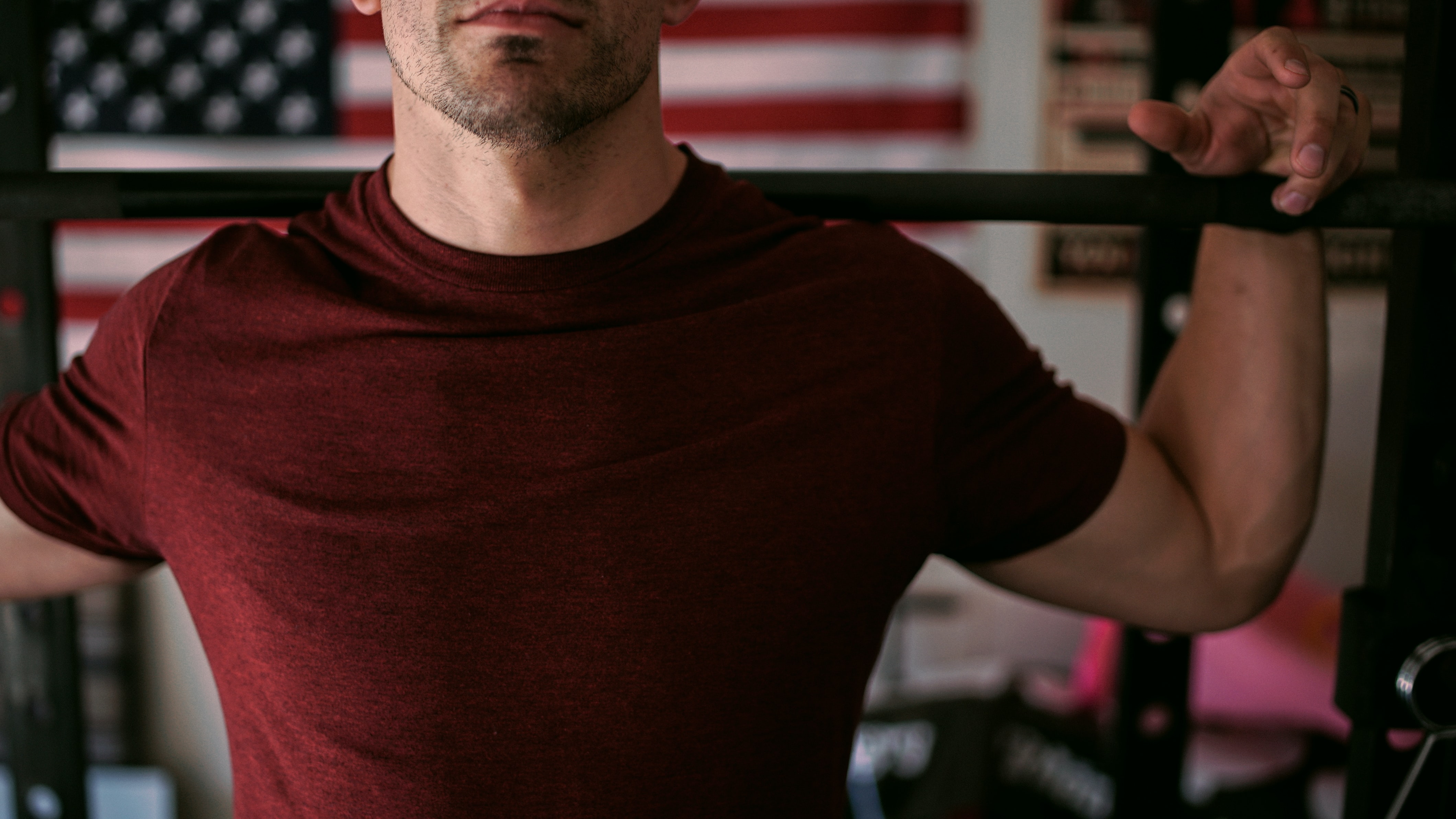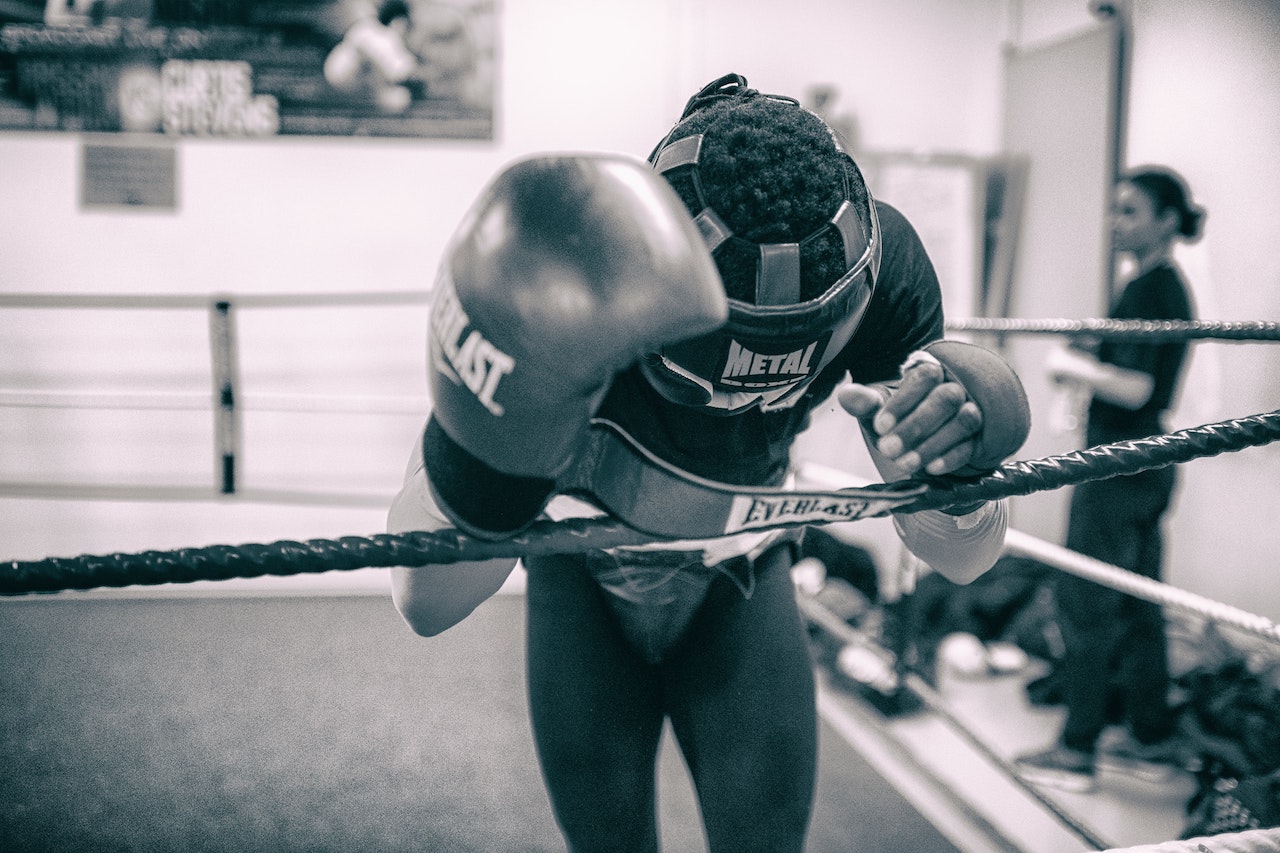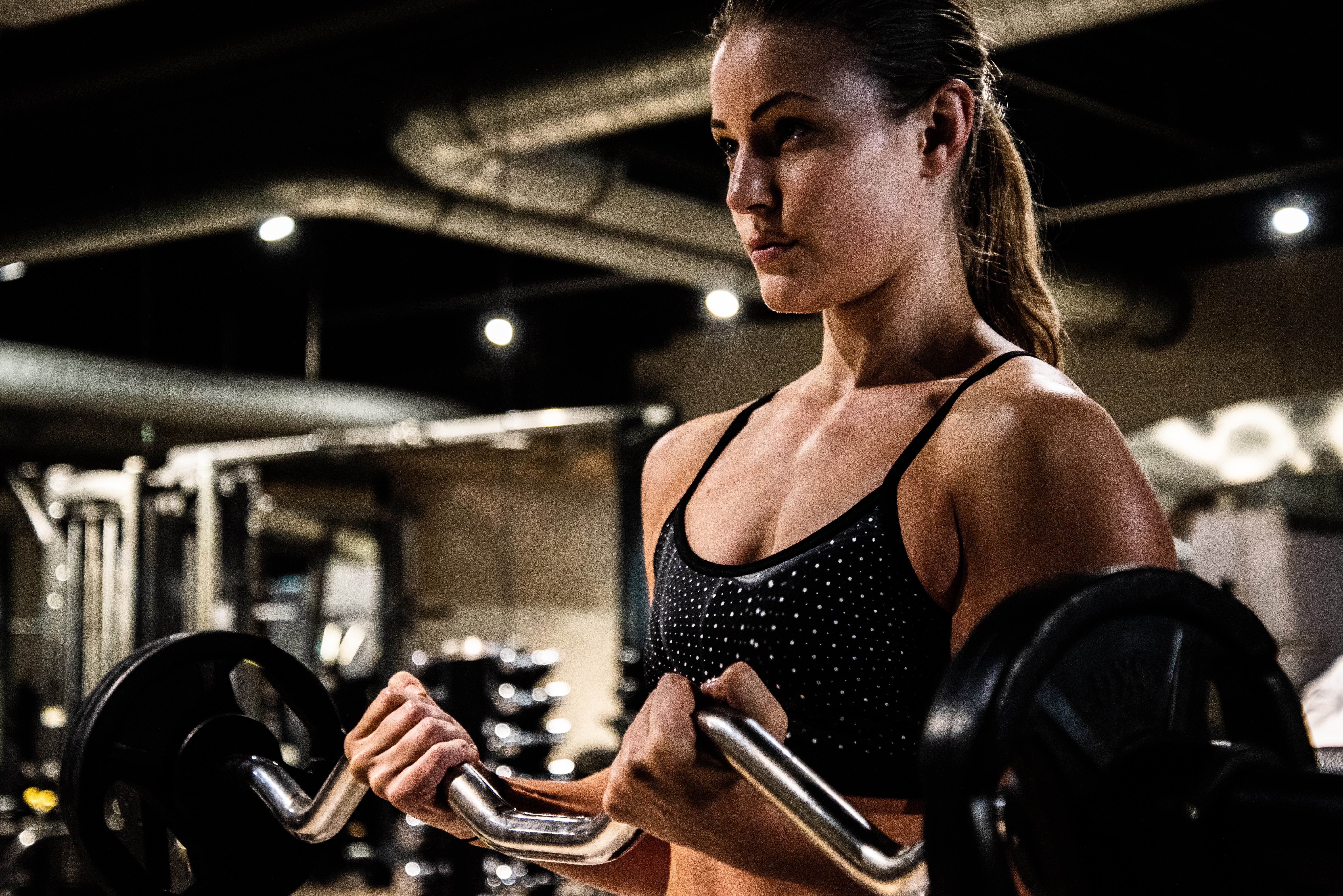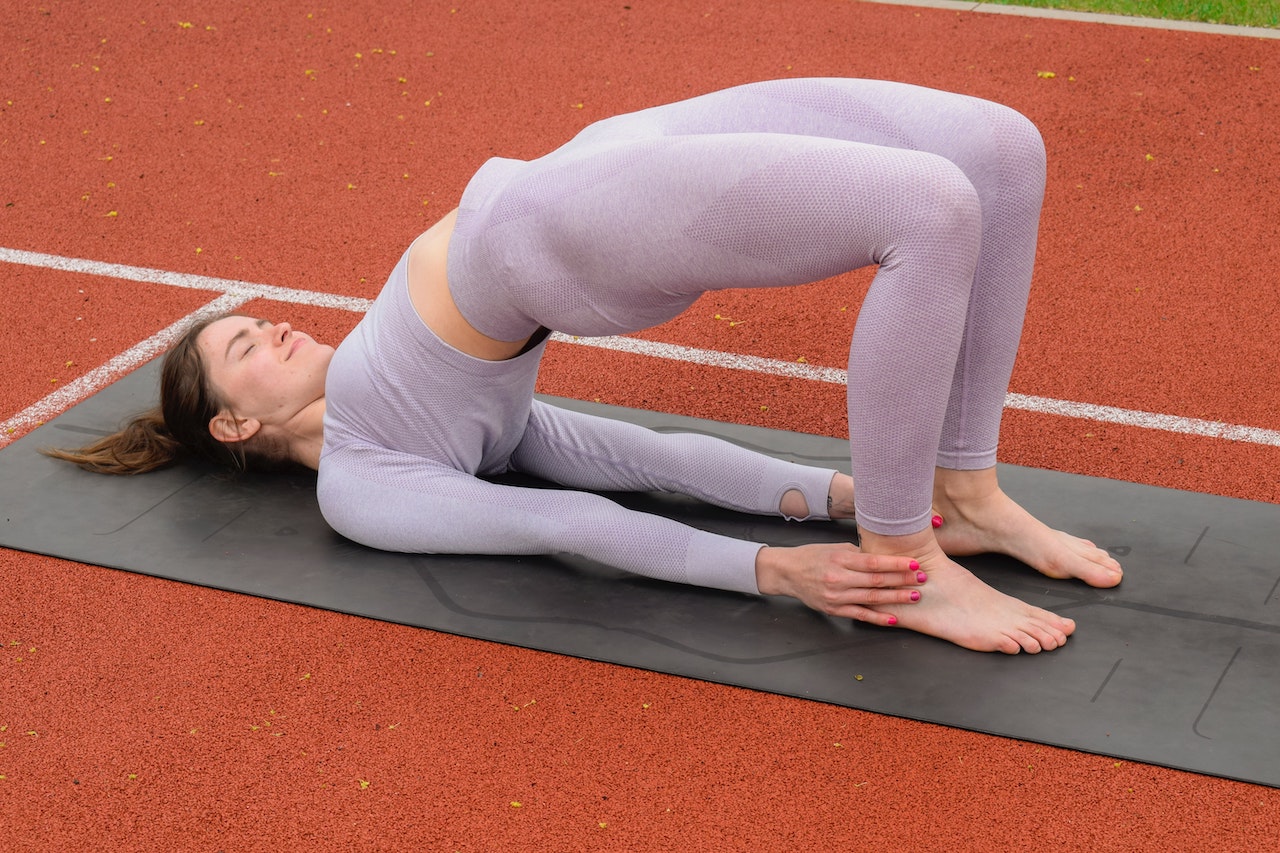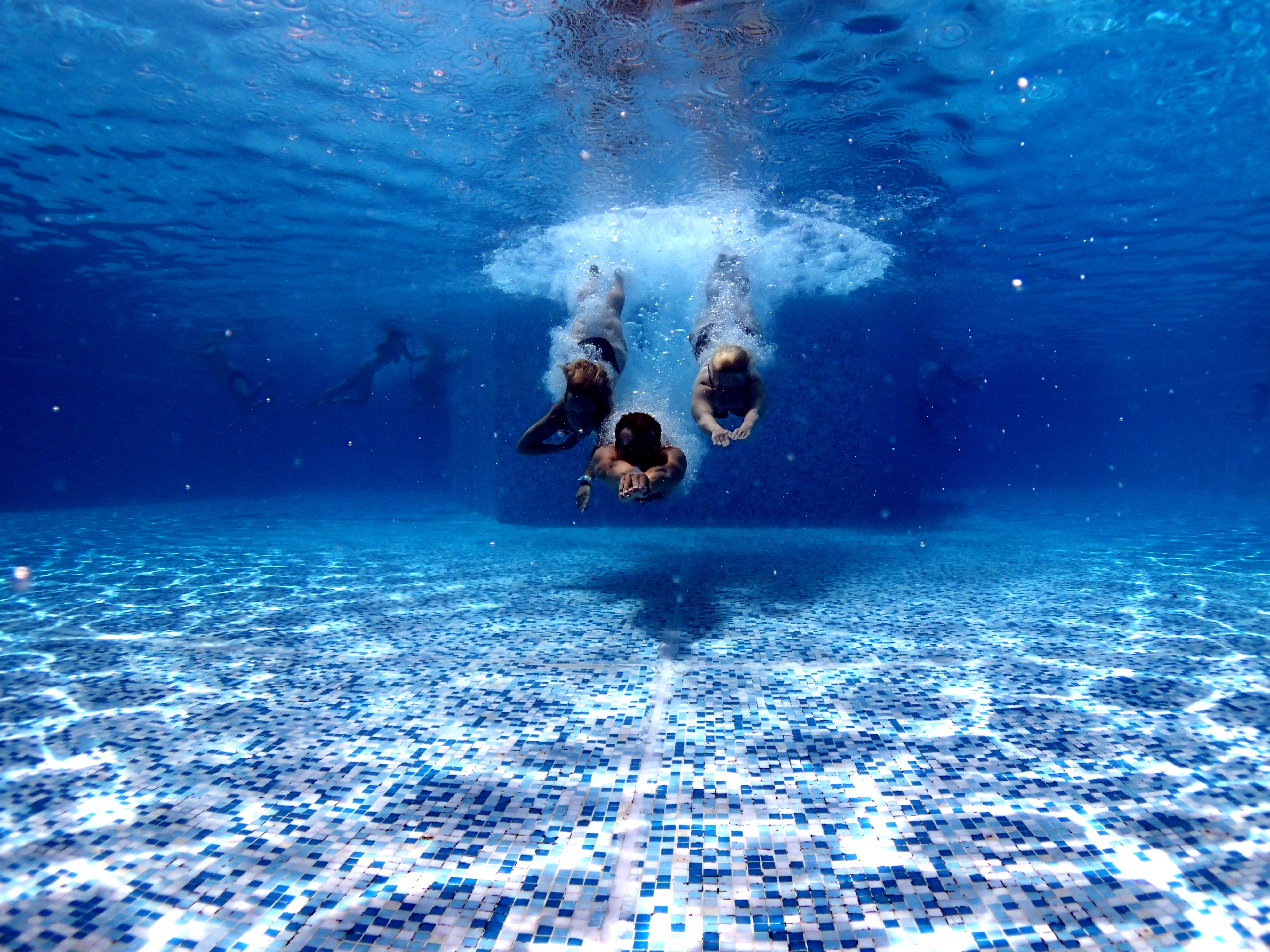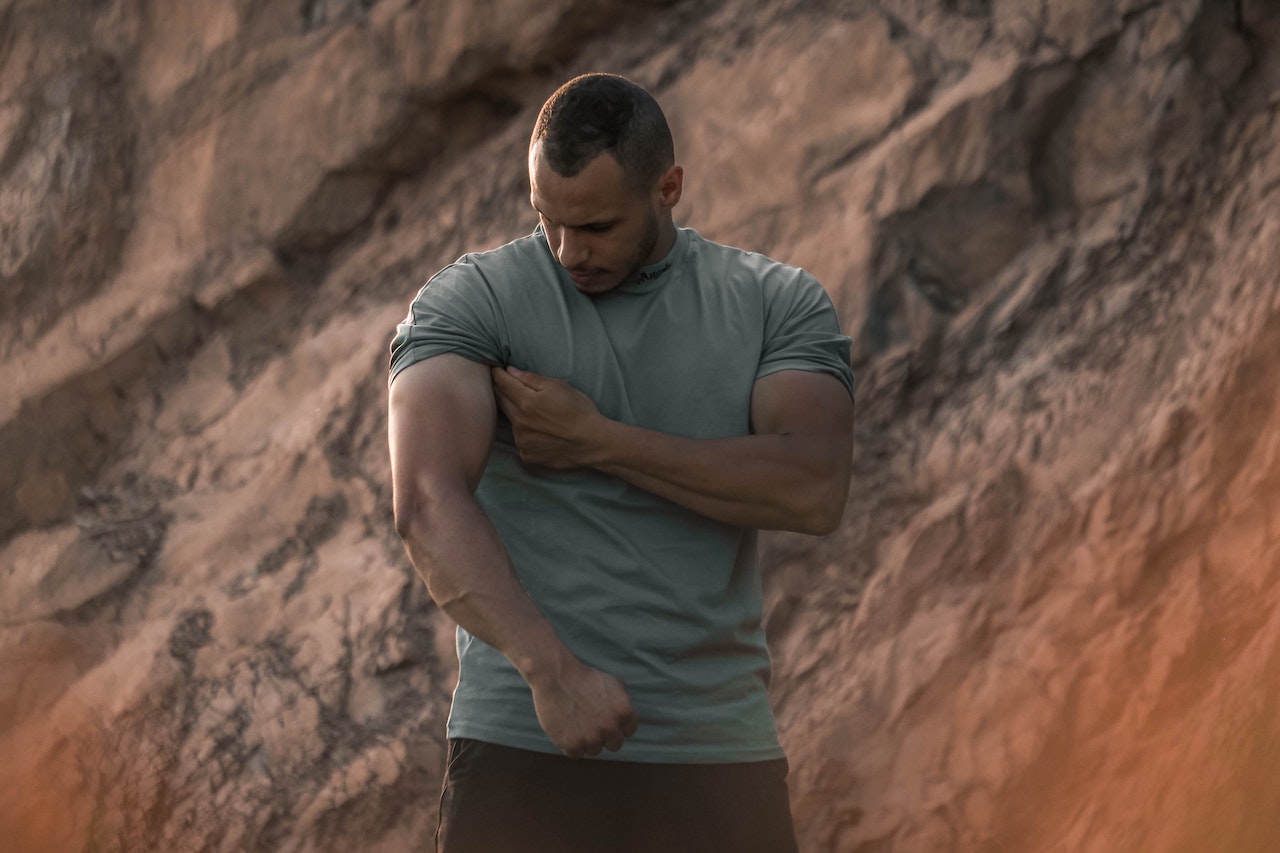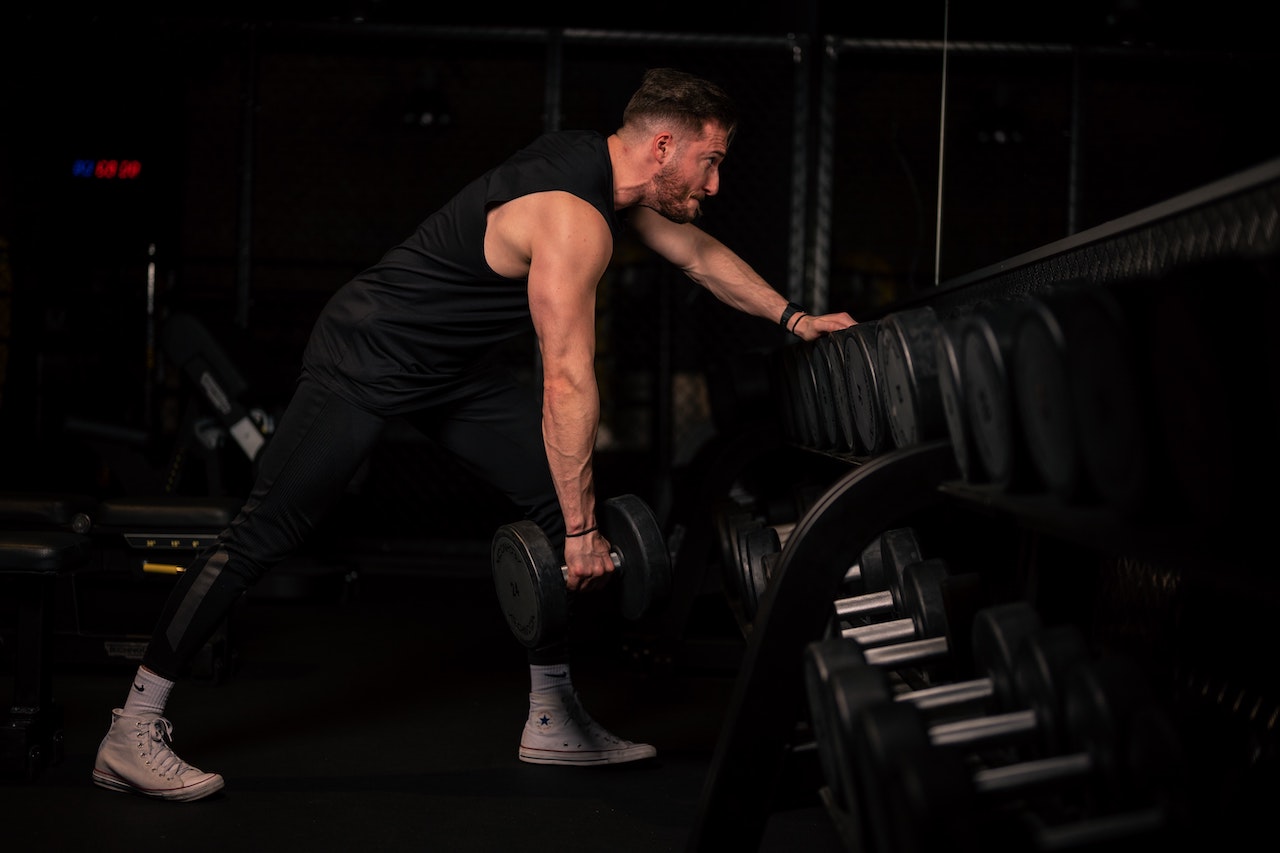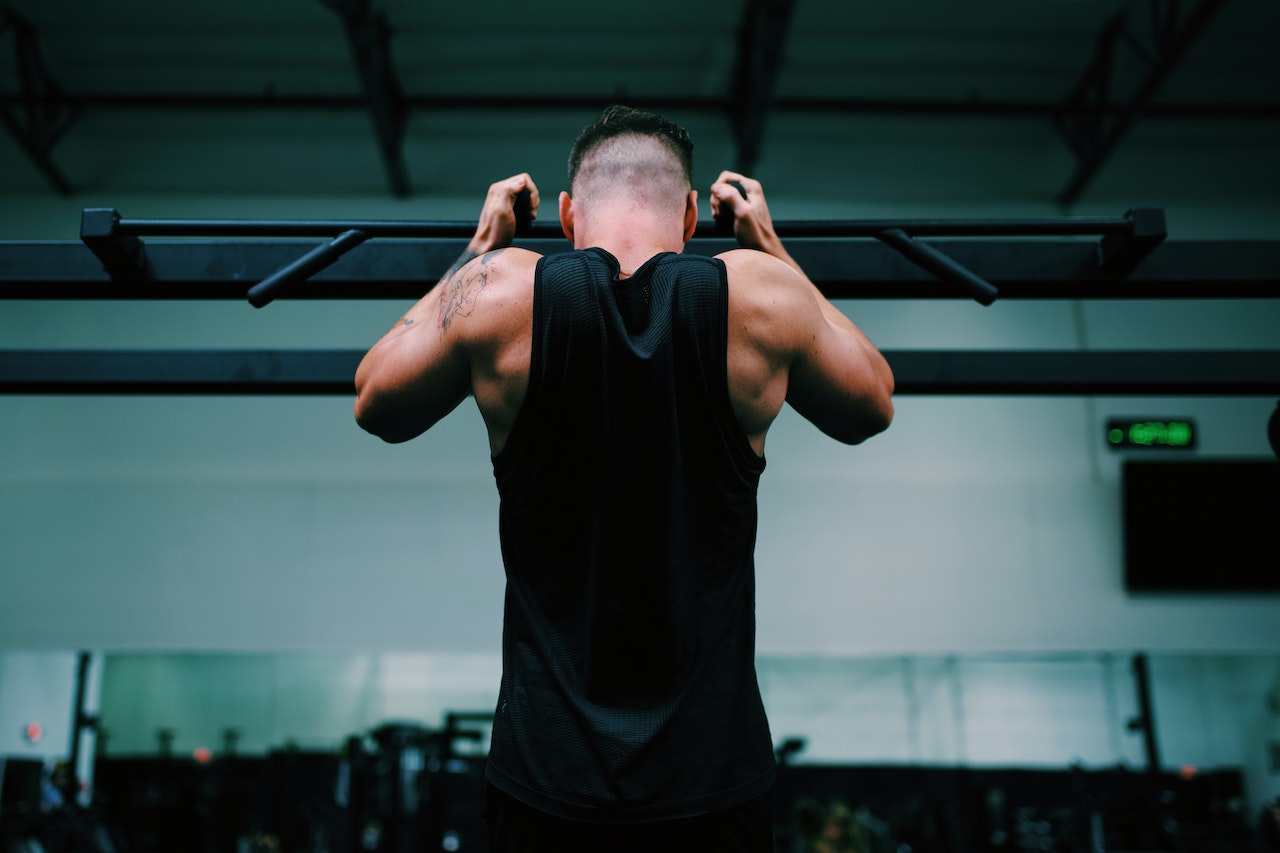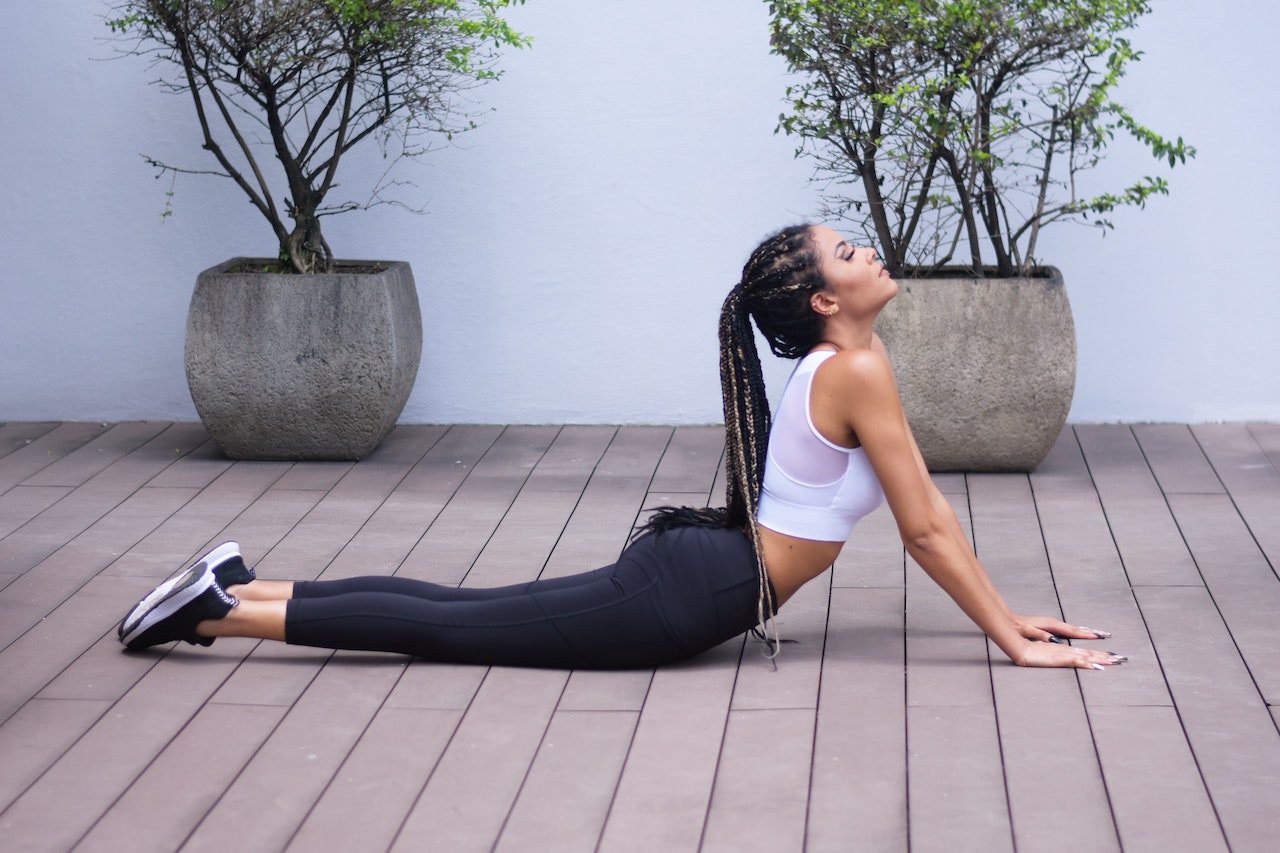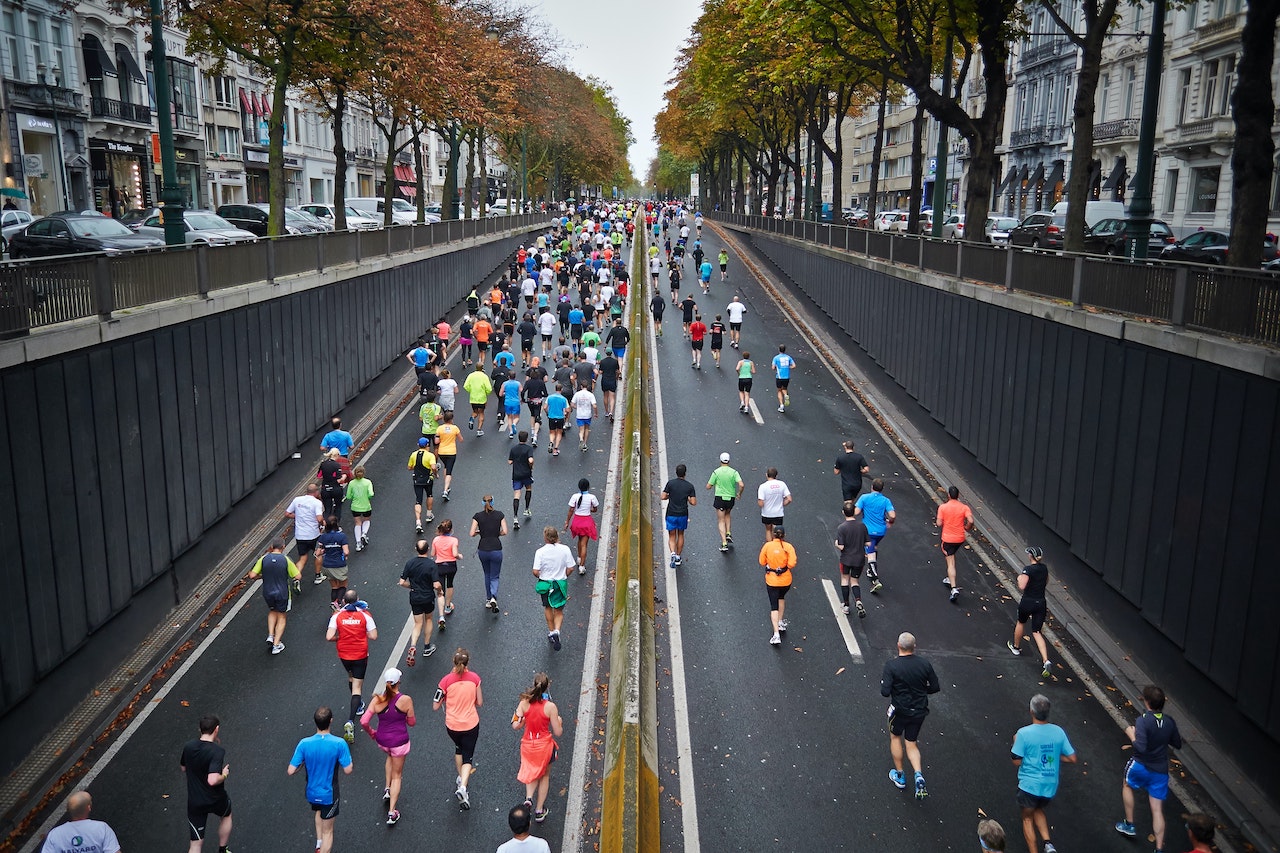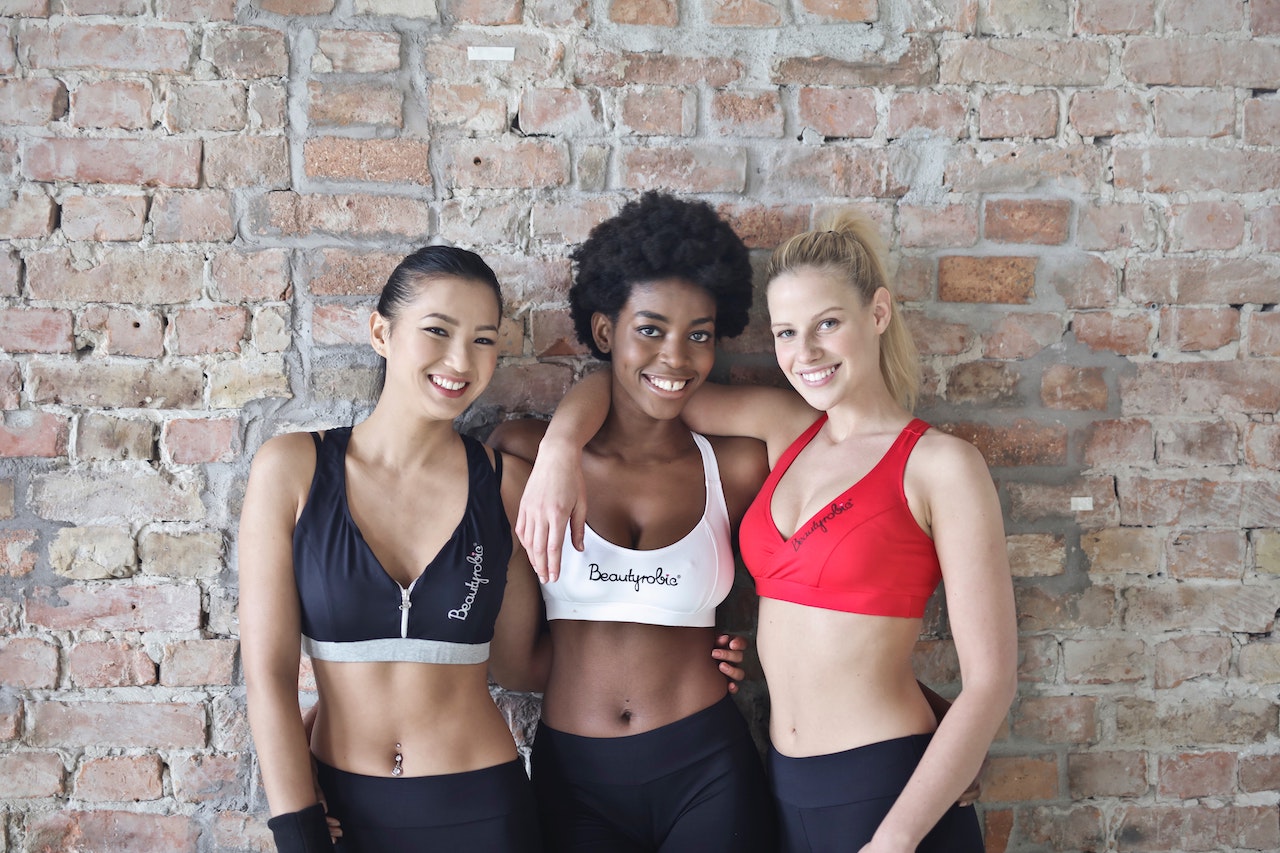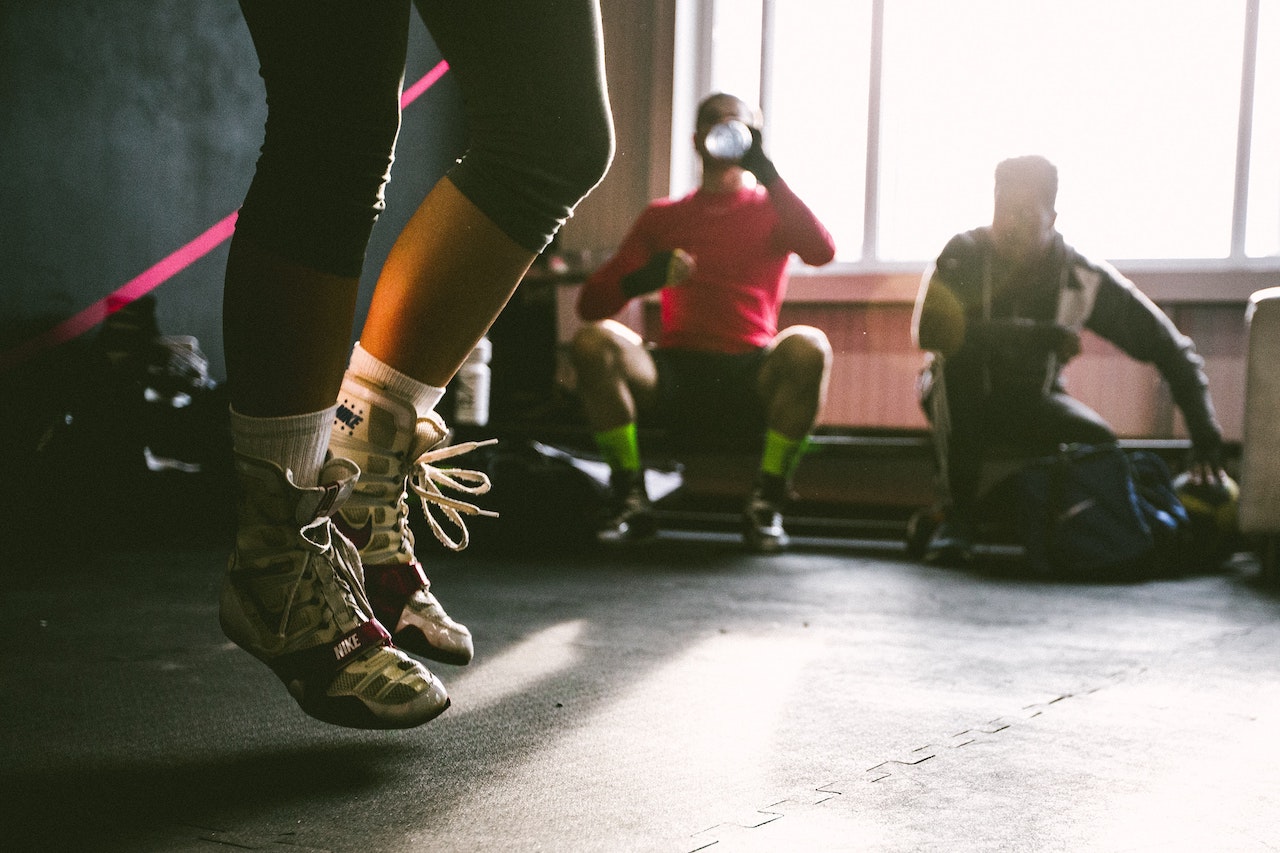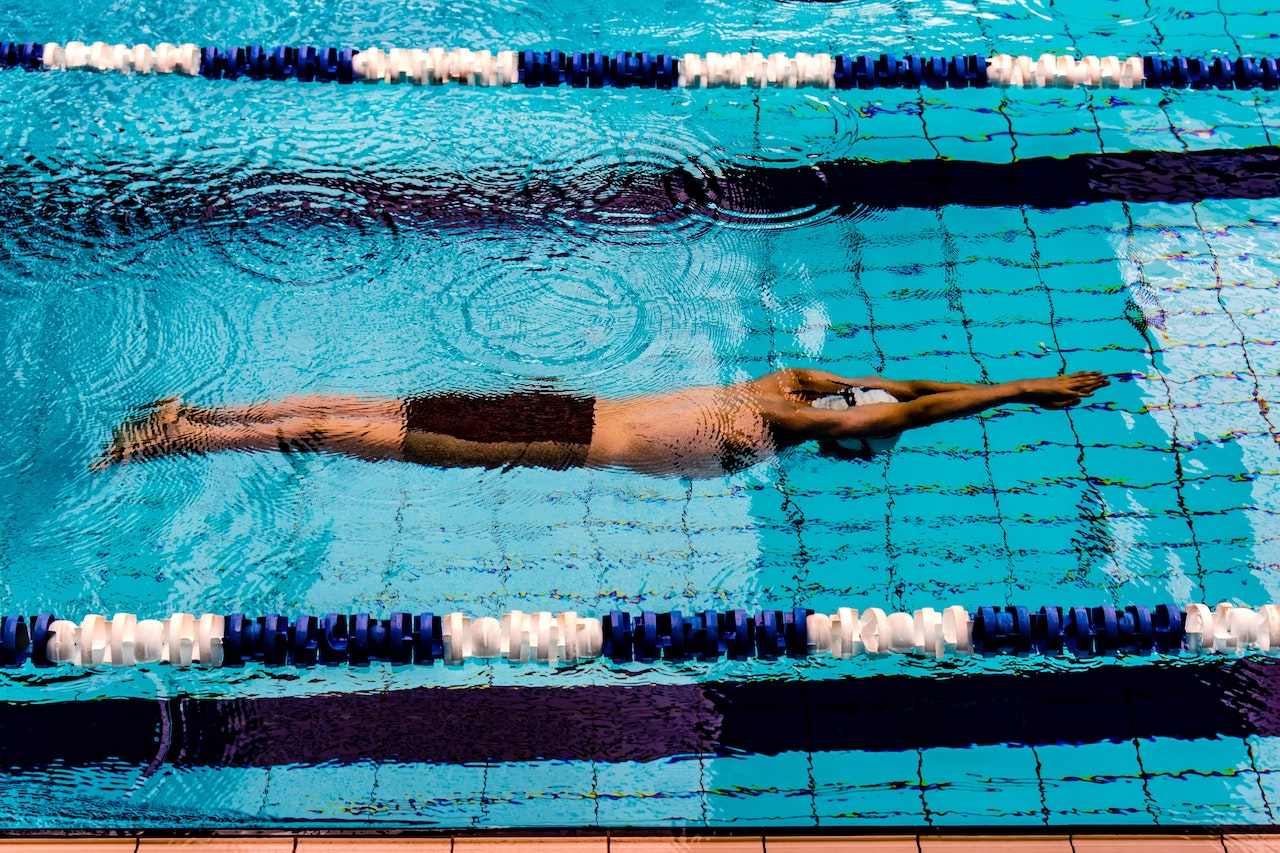the pain you feel after training is an important indicator for many people to measure the effectiveness of their training. If you have tried a variety of methods such as heavy weights, multiple reps and adding variations to your workout, then you should definitely bookmark the methods described next and add them to your training programme.
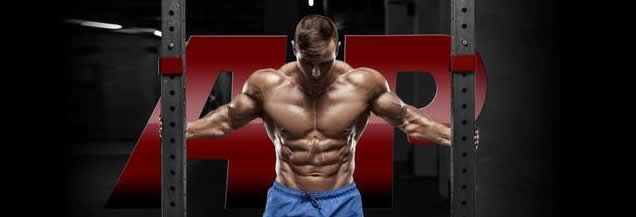
Centrifugal overload is by far one of the most effective methods for developing functional strength, muscle hypertrophy and injury prevention. While there are many different methods that can be used to increase centrifugal loading, today we are going to talk about a very simple but effective technique - the compound isolation method, or to complicate things, the biomechanical decreasing reps technique.
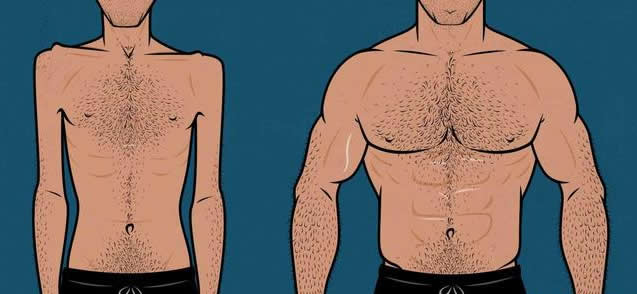
essentially, what you are trying to accomplish is a centrifugal phase of an isolation movement and then an immediate transition to a more powerful centripetal phase of a compound movement.
The idea behind this is that since the muscles can produce 20-35% more force in the centrifugal phase compared to the centripetal phase, we are simply changing the biomechanics of the phase to get the maximum overload effect.
This is done by completing the centrifugal process with a biomechanically unfavourable position and then adjusting to a more stable position during the weaker centripetal process.

similar to the biomechanical decrement set - the trainer fatigues within the set and then adjusts the position to perform more reps, for example by performing a front squat followed by a deep squat with the same load. The biomechanical decrement method applies the same principle, only in reps rather than sets, hence the term biomechanical decrement.
While a more common example is the centrifugal skull crusher and chest press, there is another combination that works particularly well is the centrifugal flyer chest and dumbbell chest press.
Quite simply, do a slow centrifugal flyer with 110-130% of your max flyer weight, slowly place the dumbbells on the bench or floor, place your arms at your sides and do the chest push, noting the pause at the top and then repeat this until you reach your target number of reps.
The 3 main methods
1. T-bench, which means turning the bench sideways, leaning your back in the middle of the bench and freeing your hips
2. Using a side sliding board.
3. Smooth wooden platform required.
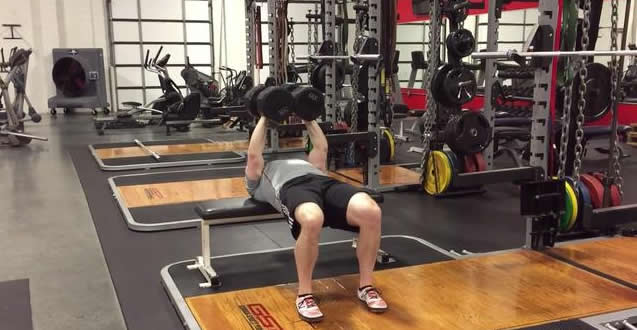
the one thing all three have in common is a smooth surface. The reason for this is that your arms need to be able to slide over whatever surface you are using, so trainers need to wear a long or short sleeved t-shirt with sleeves that at least wrap around the triceps, a tank top is not appropriate as the skin tends to stick to the surface, making it less easy to adjust your arms when you need to.
Of course, if you just want to show off your figure, then apply some powder to your triceps to prevent your arms from sticking to the surface.
Additional benefits
there are several other unique benefits to the centrifugal flyes to chest press combination.
1. As highlighted earlier, this allows the lifter to add a maximum load (greater than 1rm weight) to the centripetal or isolation portion of the movement without having to worry about not being able to complete the centripetal portion.
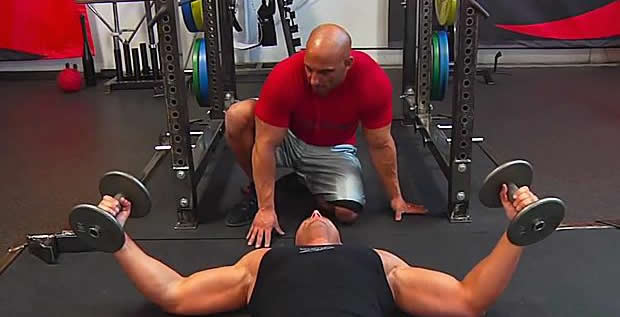
as an example, the heaviest load you use when pushing the chest is probably a 60-65lb dumbbell, but with this method you can use an 85lb one. Similarly, with this method you can do flyes with 45lb dumbbells, but normally you might only be able to use 35lb. This will give your muscles incredible mechanical tension and micro-trauma, both of which are key to muscle growth.
2. Doing a flyover before each chest press will give a slight pre-fatigue to the chest muscle fibres, thus ensuring that the chest is more easily activated and fatigued than the triceps and shoulders during the subsequent bench press phase.
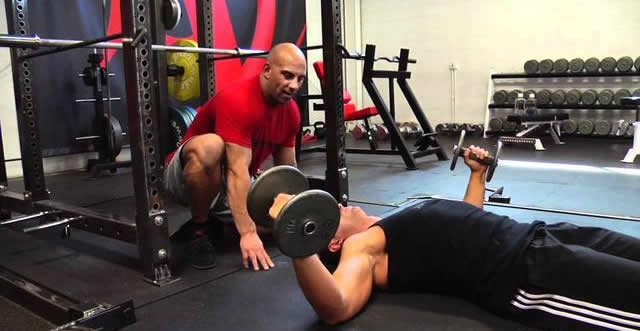
3. Most trainers will overstretch at the bottom when doing the flying bird. In fact, the best stopping point for flyes is when the triceps are approximately 3-5 cm above the floor. In addition to the huge centrifugal load, using a t-bench or floor version helps prevent the trainer from overstretching at the bottom position and guarantees safety.
Another thing to note is that the chest muscles will be far more sore and fatigued than your regular workout. Even if your pecs are rarely sore, we believe that your chest will be sore for up to 3 days after trying this method. Therefore, we recommend that you use this method carefully, e.g. Every 2-4 weeks, to prevent overtraining from causing recovery problems.

